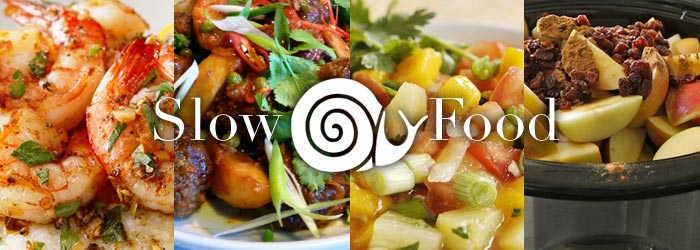One thing that caught my attention in this week’s lecture was the case on Rirkrit Tiravanjia’s exhibition entitled Untitled (Free), in which the artist sat in a gallery with a kitchen and made pad thai for the attendees. This discussion on the social nature of artwork led me to do further research on how people can become more involved in the artwork itself. This led me to learn about a restaurant and garden in Japan that has the “intent of connecting people more deeply with food and nature in their neighborhood.” People would assume they were at a normal restaurant, but later found out that their food wouldn’t be ready for 6 weeks, as it had to grow in the garden next door. This project, called “REALtimeFOOD: the world’s slowest restaurant” wanted to cultivate compassion and relationships. Art came into play during various workshops that occurred in the gardens during the making of the food that was to be eaten. This project wanted to start a conversation, and it appeared to achieve its goal, as this article explains, peoples “connectedness, acceptance and creative mindsets” grew in ways that seemed impossible before. I also thought this was interesting to point out as this week’s lecture ends with the question of: What social practices still elude art-making? Planting was given as a response, and so this garden could be example of how planting is used in the art world.
The link to this article is below: http://www.thenatureofcities.com/2015/09/16/a-restaurant-and-garden-serving-up-connections-to-urban-nature/
REALtimeFOOD values aesthetics a an entry point to thinking about ethics. As their name suggests, REALtimeFOOD has a similar approach and ideology as the Slow Food Movement, which is based in Italy and operates on a global level. The group, which emphasizes local and artisanal agriculture, suggests that cultivating one’s palate and taking time to eat, one will gravitate toward eating local, organic, and fairly grown foods. When the economy pressures us to eat quickly, we lose touch with people who we’d otherwise eat meals with, and we think of food as a means to an end rather than an end in-and-of-itself. Thus, the aesthetic interrupts our usual pace and neoliberal demands of flexible labor.
In Artificial Hells, Claire Bishop suggests contradictory responses to neoliberalism — 1 ) that aesthetics can challenge the disenchantment and commercialization of the word and 2) art-for-the-sake of art seems frivolous in light the needs of the poor and marginalized lacking social safety nets. Slow Food and REALtimeFOOD take the former approach, but emphasizes that this approach will allow us to support low-income farmers. Aesthetics, which seem extraneous, can point us toward the ethical.


